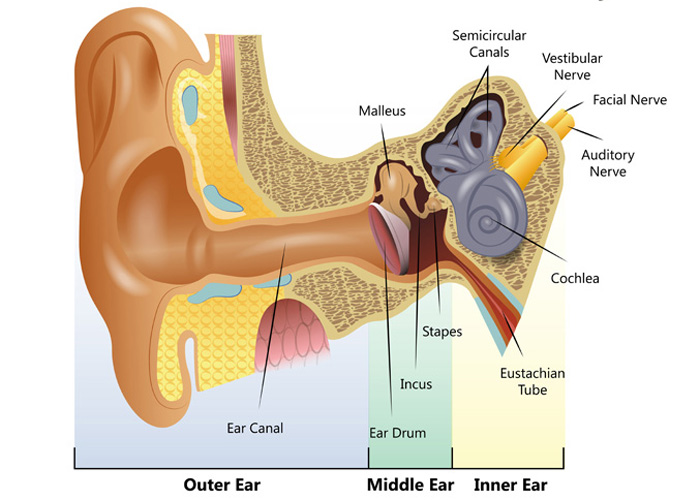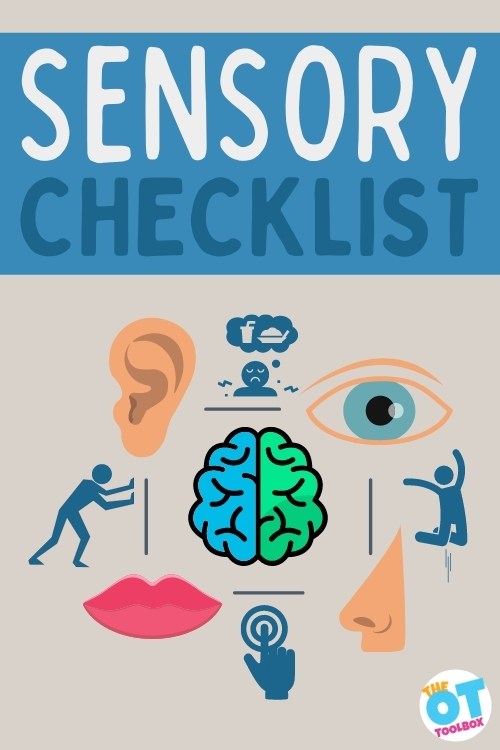Sensory loss, or the loss of one or more of the senses, is a common occurrence that can have significant impacts on an individual's quality of life. The senses of sight, hearing, taste, smell, and touch are all essential for experiencing and interacting with the world around us, and the loss of any of these senses can be difficult to adapt to and cope with. There are many potential causes of sensory loss, and in some cases, the cause may be unknown. Here, we will identify and discuss some of the main causes of sensory loss.
One of the main causes of sensory loss is aging. As we age, our bodies naturally undergo changes that can affect our senses. For example, hearing loss is a common occurrence in older adults, and it is often caused by the deterioration of the hair cells in the inner ear that are responsible for converting sound waves into electrical signals. Similarly, vision loss is often related to age, and it can be caused by a variety of factors, including the development of cataracts, glaucoma, and age-related macular degeneration.
Another common cause of sensory loss is illness or injury. Many diseases and medical conditions can affect the senses, such as diabetes, multiple sclerosis, and certain types of cancer. Injuries, such as head injuries or facial injuries, can also result in sensory loss. For example, a head injury may lead to hearing loss or vision loss, while a facial injury may result in the loss of the sense of smell.
Environmental factors can also play a role in sensory loss. Exposure to loud noises over a prolonged period of time can lead to hearing loss, and exposure to certain chemicals or toxins can affect the senses of smell and taste. Additionally, certain occupations, such as those that involve working with loud machinery or exposure to hazardous substances, can increase the risk of sensory loss.
Finally, sensory loss can also be inherited, as certain genetic conditions can cause sensory loss. For example, genetic hearing loss is a common condition that can be inherited from one or both parents. Similarly, genetic vision loss can be caused by a variety of genetic conditions, including retinitis pigmentosa and Stargardt disease.
In conclusion, there are many potential causes of sensory loss, including aging, illness or injury, environmental factors, and genetics. Understanding the causes of sensory loss can be important for seeking appropriate treatment and support, and for preventing sensory loss from occurring in the first place.
Technology has become an integral part of our daily lives. From the smartphones in our pockets to the computers on our desks, technology has revolutionized the way we communicate, work, and access information.
One of the major benefits of technology is the way it has connected us globally. With the internet and social media, we can connect with people across the world and share ideas, opinions, and experiences. This has led to a more connected and informed global community.
Technology has also changed the way we work. With the advent of laptops and cloud computing, we can now work from anywhere and at any time. This has led to a rise in remote work and the gig economy, giving people more flexibility in their careers and allowing them to pursue their passions and interests.
In addition, technology has made it easier for people to access information and learn new things. With the internet and online educational resources, we can learn about any topic at any time and from any location. This has opened up new opportunities for learning and personal growth.
However, technology also has its drawbacks. One major concern is the issue of privacy. With the amount of personal information we share online, there is a risk of data breaches and identity theft. In addition, the increasing reliance on technology has led to a decrease in face-to-face communication and a rise in screen time, which can have negative impacts on mental health and social skills.
Overall, technology has brought about many positive changes in our lives, but it is important to use it responsibly and consider the potential negative impacts. It is up to us as individuals and as a society to find a balance and use technology in a way that benefits us and the world around us.







